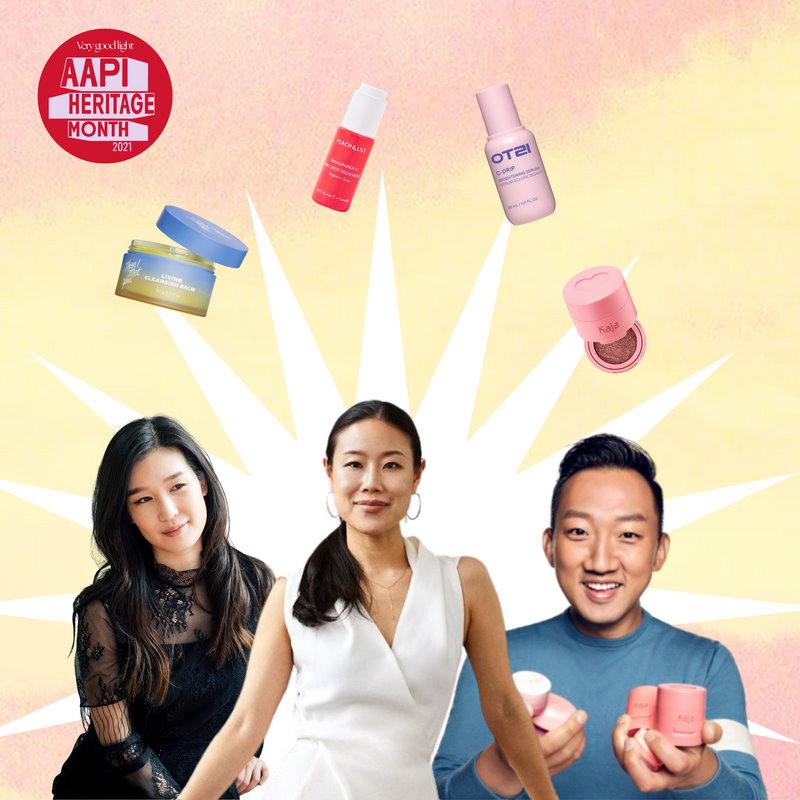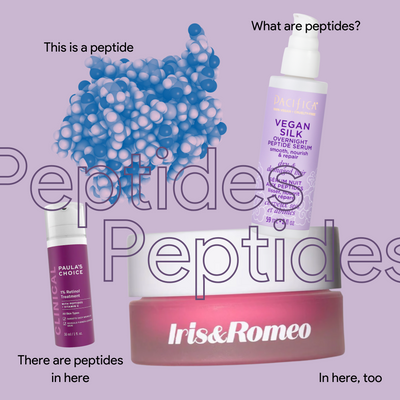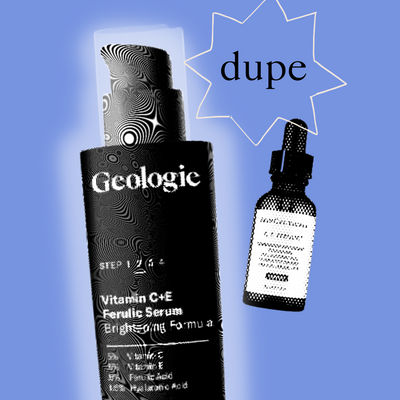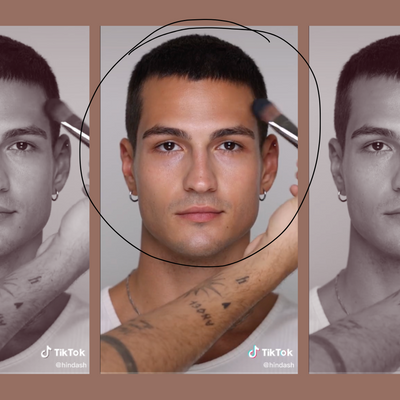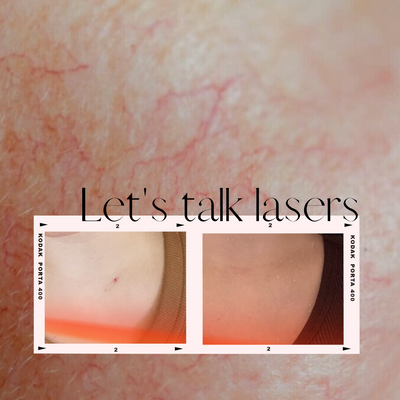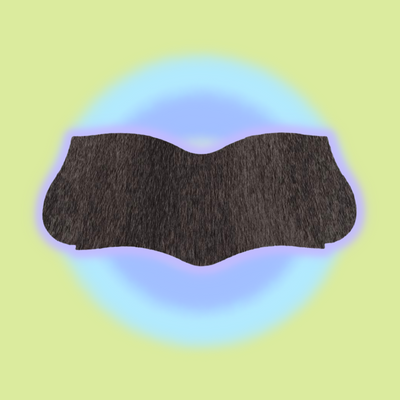You are probably using Korean skincare right now, but don’t even know it.
The Korean skincare industry is known for its innovative product formulations that provide an elevated experience to your skincare routine. Elements of Korean skincare can be found within any type of product, even if it’s not made in Korea.
SEE ALSO: The lazy man’s guide to Korean beauty
Korean beauty made its mark in America during the early 2010’s when entrepreneurs like Alicia Yoon CEO and founder of Peach & Lily, Dino Ha CEO and founder of MBX, and Charlotte Cho CEO and founder of Soko Glam (just to name a few) brought Korean beauty and innovation to America through their companies.
K-beauty is not a trend
When you see Lancome on the shelves of Sephora or Chanel behind a local department store countertop, do you ever think, “ah, yes! French beauty!”? Or “I hope the French beauty trend doesn’t die out!”? Probably not. Most people don’t distinguish a difference between American beauty and European beauty, but this is not the case for Korean brands.
Unlike European beauty brands, in America, Korean products are commonly viewed as a trend, be it through rumors that the “Korean beauty trend is dying out” or separated “K-beauty” sections in Sephora or CVS. Despite K-beauty’s global impact, America still struggles to break the barriers between Korean beauty and the rest of the brands on their shelves.
Korean beauty is not a trend, according to Alicia Yoon, founder of Peach & Lily. Korean skincare and beauty products have been around for centuries, but the American public has been absent from these innovations until recently. “If it’s just a trend, that section goes away, right, but its not and it’s here to stay,” Alicia tells Very Good Light.
Making a mark in America
Korean skincare has been around long before it made its way to America. Dino Ha, Founder & CEO of MBX, gained interest in skincare while in the Korean military after a fellow soldier recommended him an oil cleanser to wash off his camo paint. Let’s just say his military services resulted in a 6-step skincare regimen.

In Korea, a skincare routine is equivalent to getting braces in America – everyone does it. The widespread usage of skincare products in Korea leaves the market extremely competitive. “It pushes the ecosystem to be innovative,” says Dino. “Brands, manufacturers, packaging companies and other industry companies have to stay ahead of the curve to survive.” So naturally, this innovation allowed Korean skincare products to become popular in the American market.
When Charlotte Cho started her Korean skincare e-commerce platform in 2012, Soko Glam, most people in America had no clue what Korean skincare was. “Most people thought the idea would not take off because skin care was not trendy at the time,” says Charlotte. Driven by authenticity, intention, and passion for her Korean heritage, Charlotte ushered in the innovative nature of Korean skincare into America and took the beauty industry by storm. According to PR Daily, in 2019, the U.S. imported over $624 million in Korean beauty products and this value was predicted to increase in the coming years.
Give credit where credit is due
With the rise of Korean skincare in the U.S. comes the inevitable American remakes of those same innovations. For example, the well-known and highly coveted sheet mask. With roots in Korea, the sheet mask creates an occlusive barrier on the skin that locks in potent ingredients and moisture. Now, it is common to see beauty stores lined with walls of sheet masks – some from Korea, and others, not. Skincare products are remade and tweaked every day, but if a brand does not acknowledge the origin of innovation, this is where the line is drawn. “If an entire innovation comes from Korea, I think it’s appropriate, and important to say this is a Korean beauty innovation,” says Alicia.
Even jade rollers and gua sha’s are traditional modalities of Chinese medicine that are constantly remade and mass-produced in America. The remaking and re-marketing of modalities and innovations rooted in Asian culture have been at work for too long and isn’t the only trend within the beauty space that needs to go.
“I think when we can start collaborating and working together, it creates something way more beautiful and more integrated than being so divided, not giving credit and making things trends and throwing them out the window, you know?” says Alicia.
How to enjoy innovations from another culture
In America, skincare has evolved from a routine to a ritual. “Skincare routines are now being used as a moment of daily meditation and comfort which is synonymous with K-beauty’s ‘skin-first’ philosophy,” says Charlotte.
Korean culture has provided Americans with the ability to enjoy their skincare in a multitude of inventive ways. “In the U.S. people are not only looking for efficacious products, but those that bring an elevated experience in their regimen,” says Dino Ha. “K-beauty was able to fill in the gap for consumers in America at a masstige price point.”
Korean beauty has become ingrained into the American skincare consumer’s shopping experience, but what is the proper way to enjoy innovations from another culture?
“It’s important to recognize and acknowledge the history of the products one’s using,” says Charlotte. She explains how, for example, when one is using a gua sha tool, one should not erase the “prolific connection to Chinese culture,” but should, “celebrate the culture that it has come from!”
As previously mentioned, taking credit for another culture’s innovation erases the profound cultural connection between the product, tool, or formulation and the origin country. It is also important for consumers and creators who benefit from using products originated from Asian culture to uplift AAPI voices.
Standing up for the AAPI community
With such a global and plentiful beauty market, consumers are not just choosing to buy from brands that create efficacious products, but brands that speak out against injustice and violence. Consumers today are focused on the brand values as much as the products themselves.
“If I’m looking at my brands that are on the shelf, I’m like did you stand up for me? And I feel differently about the brands that have and that have not,” says Alicia.
During this time of increased violence against the AAPI community, it would be ignorant, as a consumer, creator, or business owner who benefits from products, formulations, and innovations rooted in Asian culture, to not do anything. If people stay silent, the culture that these products originate from is being used without respect for the people behind them.
Celebrating your Koreaness
Despite the rise of anti-Asian sentiments in America over the last year, Asian culture has simultaneously brought a new wave of beauty innovations and beauty culture to the states. The difficulty for AAPI voices and bodies to be seen and heard in America has been present for centuries. Korean beauty has not only brought Asian Americans to the forefront of beauty in America, but globally.
“After learning to appreciate my heritage and my roots, it was my dream to be the bridge that would bring Korean skincare to the rest of the world,” says Charlotte, “Fast forward eight years later, I’m proud to have contributed to the rise of Korean beauty and make it a mainstay in the global beauty industry, by sharing techniques such as the double cleanse, the Korean 10-step skincare routine, and categories such as essences and cushion compacts.”

